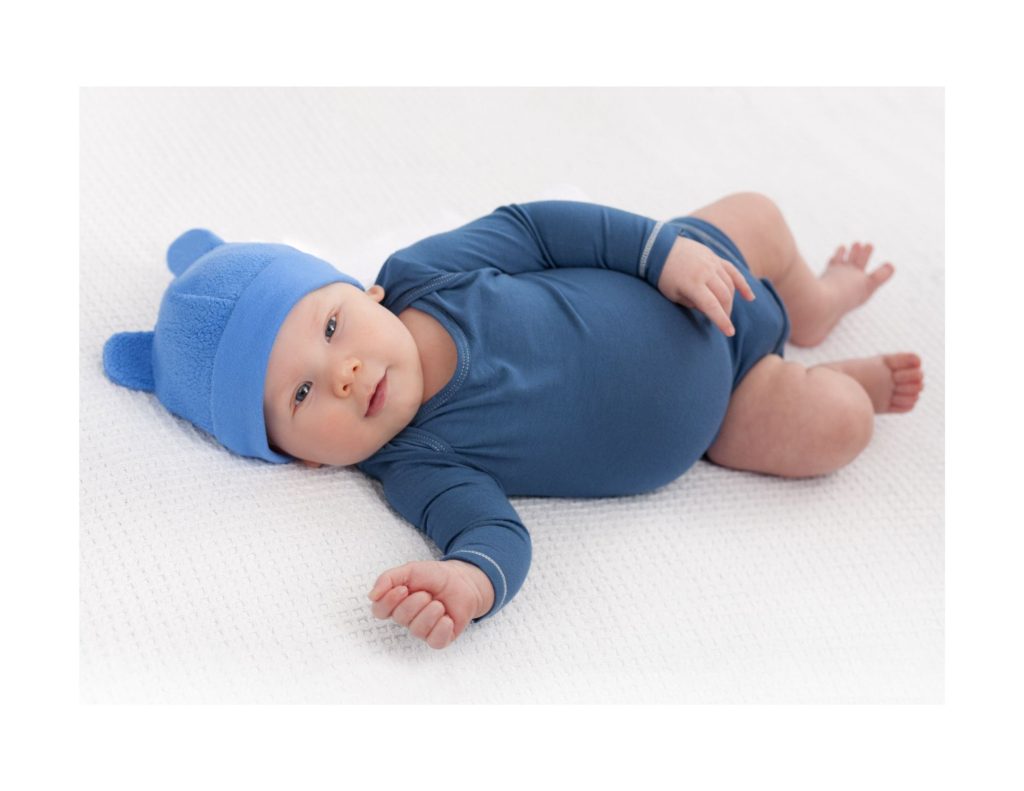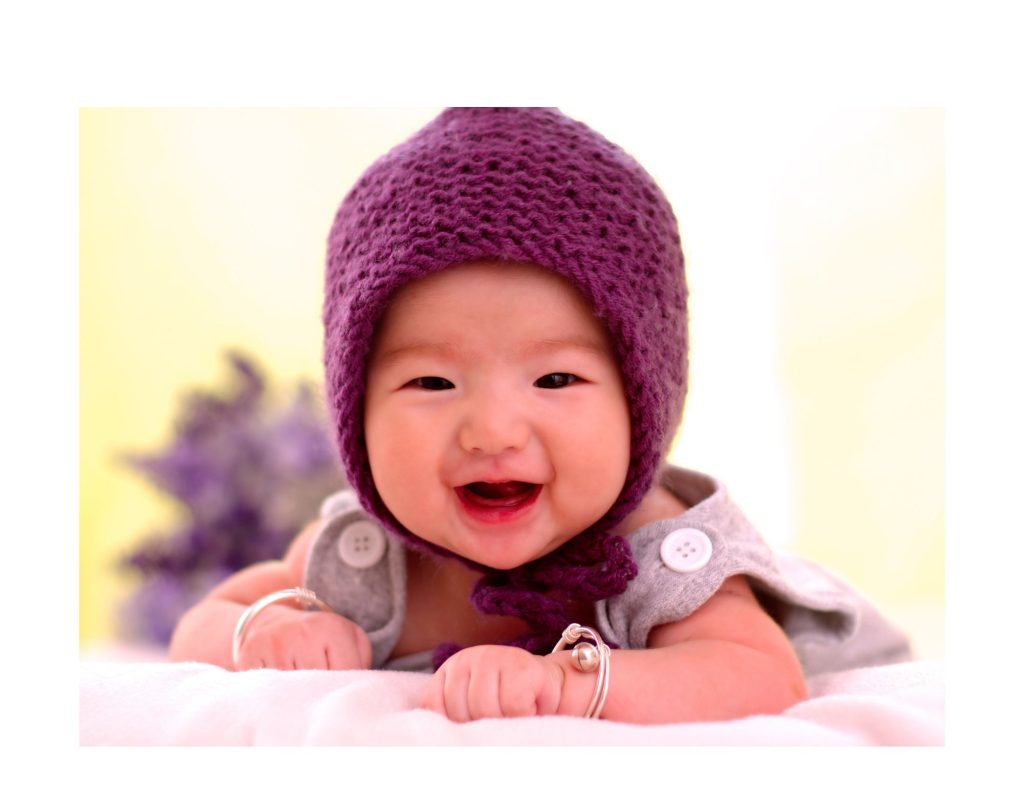
How to dress a newborn during winter, winter is one of the four seasons that occur in the temperate and polar parts of the Earth. It is distinguished by frigid temperatures, shorter days, and frequent precipitation in the form of snow, sleet, or freezing rain. It is caused by the Earth’s axial tilt away from the sun as it orbits the sun. This tilt allows certain locations to get less direct sunlight, resulting in lower temperatures. Winter usually comes before spring in the seasonal cycle, after fall. The hemisphere and geographic location have an impact on the precise onset and length of winter. Winter in the Northern Hemisphere typically lasts from approximately December 21st, also known as the winter solstice, to around March 20th, when spring officially begins. On the other hand, winter in the Southern Hemisphere starts about June 21 and ends about September 23.

How to Dress a Newborn During Winter
Making sure your baby is warm and comfortable throughout the winter months becomes crucial. Although preparing your child for the winter may seem overwhelming, you can keep them warm without sacrificing style or safety if you take the appropriate measures. This is a thorough tutorial on how to outfit your baby for winter:
Layering is essential: Instead of wearing a single bulky clothing, choose many thin ones. This allows you to alter your baby’s attire based on temperature changes indoors and outdoors. Begin with a soft, breathable base layer made of cotton or another natural material.
Cover the Extremities: Don’t forget to cover your little hands and feet as they lose heat easily. Soft, breathable mittens or socks help keep your baby’s hands and feet warm without limiting their range of motion. Make sure your mittens and socks are just the right amount of snug.
Pick the Correct Materials: When dressing your baby, give special attention to materials that are soft on their sensitive skin and offer sufficient insulation. Seek for fabrics that provide warmth without being too hot or irritating, such as cotton, fleece, and wool.
Invest in a Cozy Hat: Your newborn’s head has to be kept warm during winter excursions, therefore a warm, well-fitting hat is a must. To avoid pain and overheating, look for hats that protect your baby’s ears and are composed of soft, breathable materials.
opt for one-piece outfits: One-piece garments, such as footed pajamas or rompers, are perfect for winter since they give full-body covering and reduce the possibility of drafts entering. Choose garments with snap or zip closures for quick clothing and diaper changes.
Swaddles and Sleep Sacks: Wrapping your infant in a warm blanket or using a sleep sack will help them regulate their body temperature and sleep better. To avoid overheating, use breathable swaddles and sleep sacks.
Add a Layer of Insulation: On exceptionally chilly days, try putting a lightweight, insulated layer between your baby’s clothes and coat. A fleece-lined jacket or bunting bag can give additional insulation against the cold without adding bulk.
Monitor Room Temperature: Keep track of the temperature in your baby’s nursery and alter their attire accordingly. Aim for a pleasant room temperature of 68 to 72 degrees Fahrenheit (20 to 22 degrees Celsius) to keep your infant warm all night.
Don’t Forget the vehicle Seat: When preparing your baby for vehicle journeys, avoid bulky clothes that may interfere with the car seat’s harness straps. Instead, put your kid in lighter clothing and add a car seat cover or blanket for extra warmth.
Check for Overheating: In order to prevent overheating, keep an eye out for symptoms like flushed cheeks, perspiration, or fussiness. If your infant appears uncomfortable or feels overheated to the touch, take off an extra layer of clothes or change the temperature in the room.
By following these recommendations and rules, you can keep your infant warm, comfortable, and fashionable over the winter. Remember to put your baby’s safety and comfort first, and don’t hesitate to alter their attire as needed dependent on the weather

Clothes to Avoid During Winter for Baby
Outfits that are too tight or confining: Your baby may experience pain if their blood flow is restricted by clothing that is too tight or restrictive. Choose comfortable, loose-fitting clothes to promote healthy circulation and range of motion.
Non-Breathable Fabrics: Non-breathable fabrics, such as vinyl or plastic, might cause your infant to sweat excessively, resulting in discomfort and skin irritation. Instead, choose for breathable textiles such as cotton, fleece, or wool, which help regulate body temperature and absorb moisture from the skin.
Clothes with Drawstrings or Loose embellishments: Keep your infant safe from choking hazards by avoiding clothing with drawstrings, ribbons, or other loose embellishments. Small objects like this might unintentionally come loose or be yanked off by inquisitive hands and wind up in your baby’s mouth.
Unsuitable Footwear: Wear shoes that are suitable for the weather, including soft-soled shoes or insulated booties. Shoes that are very inflexible or tight should be avoided since they might impede your baby’s growth by limiting foot movement.
Apparel with Harsh or Irritating Materials: Take care when choosing apparel for your infant if it has rough edges, itchy tags, or other materials that might irritate their delicate skin. Choose mild, comfortable-to-wear materials that are hypoallergenic and silky.
Excessive Accessories: While hats, mittens, and scarves are necessary for keeping your infant warm, they should not be used excessively or layered with too many other accessories. Overdressing might cause overheating and discomfort for your young one.
Overly Thick or Bulky clothes: While it may appear sensible to wrap your infant in thick layers for warmth, excessively bulky clothes can limit mobility and raise the risk of overheating. It can also interfere with the appropriate fit of car seat straps, creating a safety risk during automobile travels.

Conclusion
In summary, winter is a season of opposites that presents its visitors with both difficulties and beauty. Winter brings with it a distinct set of sensations and customs, from its chilly temperatures and snowy landscapes to the cosines of holiday gatherings and the delight of winter sports. Winter, in spite of the cold, promotes a sense of community because people gather to take part in seasonal events and activities. Winter serves as a reminder of the adaptability of nature and how the landscape changes behind layers of snow and ice. Winter inspires us to appreciate its charms and find comfort in the presence of loved ones, whether it’s cuddling up by the fire or venturing out into the elements on a snowy adventure.